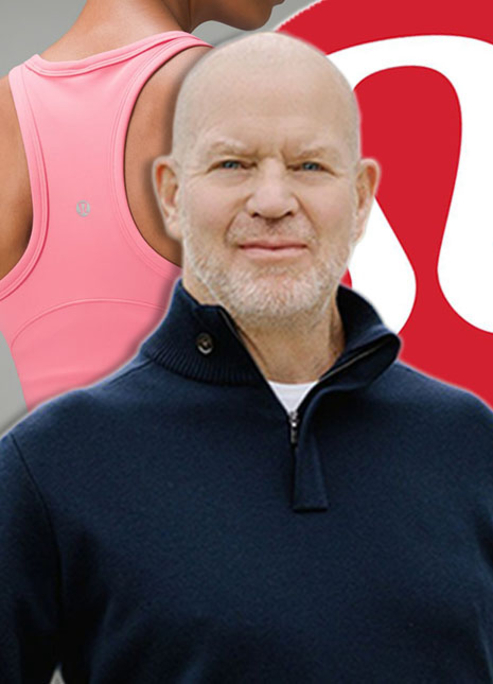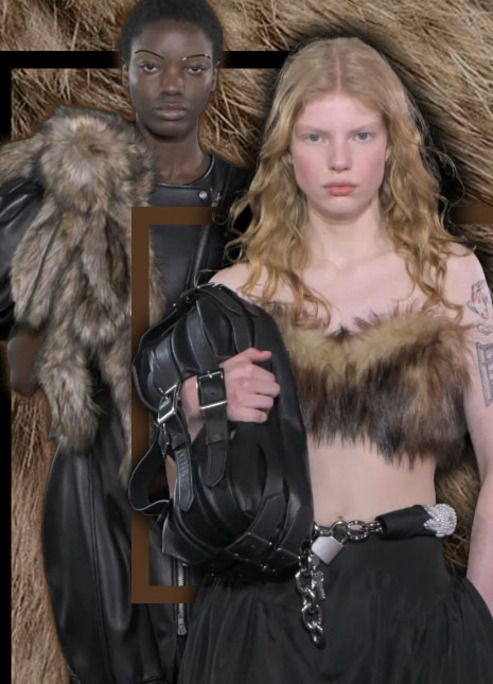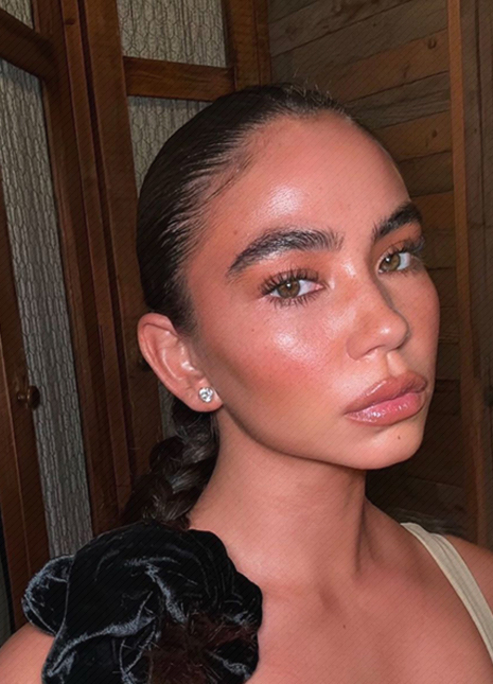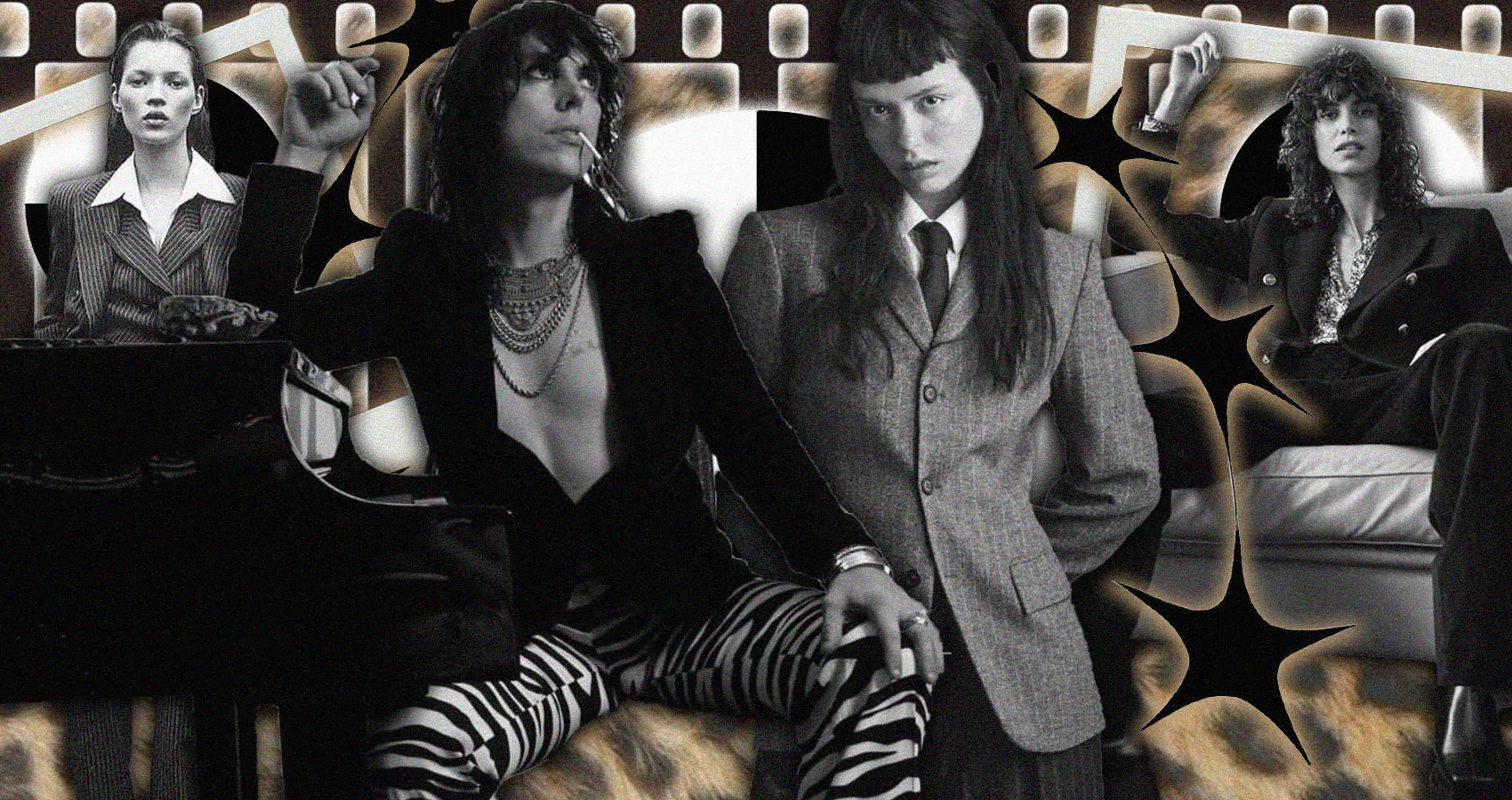
The Void Of Gender And The Contribution Of Androgyny
Androgyny's past and future examined.
There is a long history of finding space for fashion in the gaps which gender fails to fill (finding room for fashion that is not restricted by gender expectations) even in a world ruled by binary thinking. The binary line of thought, although thankfully less common in modern thinking, is still there, with the default style of thinking tending to be black or white – things are either one way or the other, the in between is unexplored.
It hurts me to say, but, even with contemporary ideologies we still adopt a binary mindset when it comes to gendered fashion. Although this mindset no longer creates prescribed rules which we cannot deviate from, it still establishes a guideline which confines our creativity.
Gendered clothing
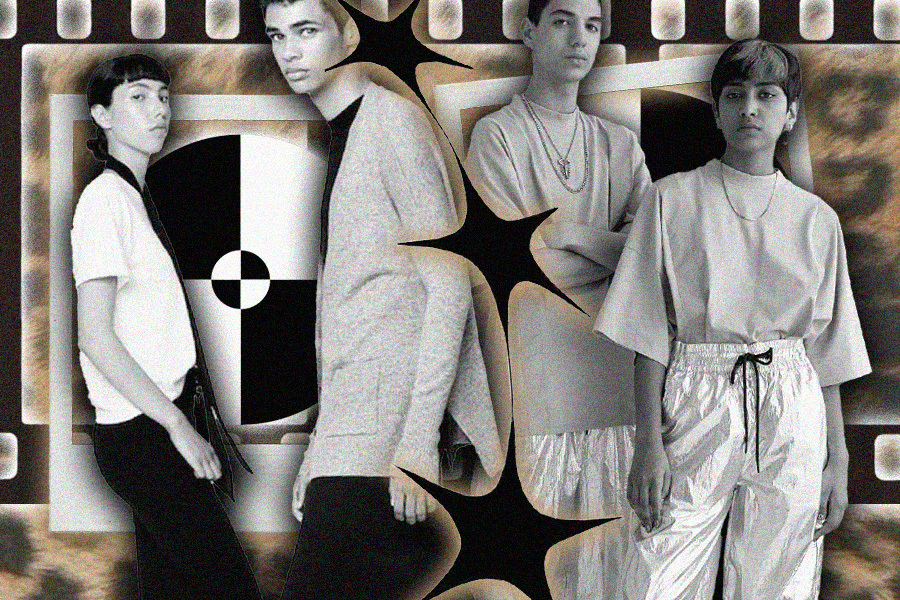
There remains a viewpoint in fashion which holds that something is either male or female, and if it’s neither of these, then it’s unisex. But these 3 exist as separate categories: they are described using different adjectives, associated with different things, and represented and thought of differently. This makes for fashion which is restrictive in itself: whatever your gender identity, it comes with various expectations of how you are supposed to dress. If you choose to purposely dress within the gaps between these boundaries (the place where fashion rules and expectations have slipped), you think you’re free of the gender-shackles, until you realise just how limited the supposedly limitless void of androgynous fashion truly is.
Androgynous fashion
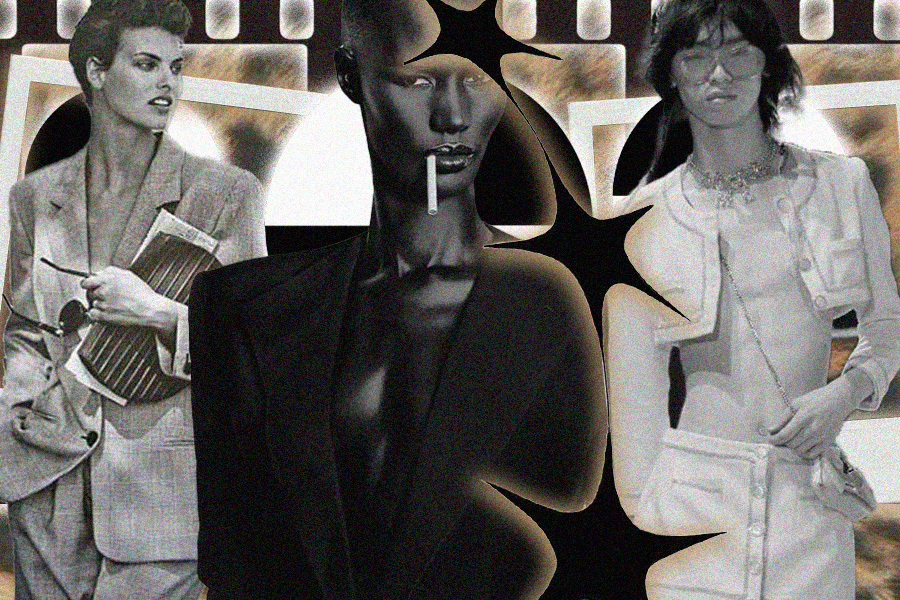
Androgynous fashion is a movement that has existed for as long as the gender binary has failed (so, it’s pretty much always existed). It moves above the constraints of gender, aiming to break norms and serve important functions, including but not limited to confusing and pissing-off closed-minded people. Without androgynous fashion, there would still be this significant gap in the fashion world that needs to be filled; it provides a place for freedom of expression, an expression that is not limited by gender or prejudice.
But is it really that free? When everything is gendered, and for some reason we seem to think that gender is the only power that rules over the world, the space for androgyny is so minuscule. Can you really be truly creative within that tiny gap?
I mean, besides those few really cool people that you admire when you cross them on the street, androgyny doesn’t really exist outside the sphere of designer fashion. Most of the people you happen upon every day are subscribing to the gender expectations in fashion, which they are condemned to. Maybe the reason for this is due to the lack of freedom of expression in our society, which makes us feel like we can’t openly dress exactly how we want to. If this is the case, then we shouldn’t be tolerant of this sort of oppression, and to ignore it is to be complaisant. I mean, what would life be like if we couldn’t wear what we wanted?
Yet even within androgynous fashion, the scope of what is seen to “belong” to that label is really small. Most androgenous clothing that exists is very similar – they don’t have much colour, sticking to greys, blacks, and whites, creating an almost industrial-style palette. The clothes tend to be interesting in shape and structure, opting for unconventional silhouettes, which, in order to achieve, requires the use of quite hard, structured fabrics (to hold the shapes), making it so that the clothes don’t really experiment with texture.
A lot of the time, androgynous clothing plays with the masculine end of the gendered clothing spectrum. It uses masculine colours, textures, and shapes, and modernises it with flourishes that are reminiscent of femininity – but aren’t actually feminine. In androgyny, people are quite comfortable in using masculine clothing, but there seems to be a big reluctance to enter the realm of feminine clothes. Androgyny tends to choose these industrial-style clothes that feel quite heavy, and move past the inherent airiness and light feeling of femininity. Why is this? Is it that being girly feels too far away from being neutral? If that’s the case, why is androgynous fashion still comfortable with being adjacent to masculinity? Choosing masculine styles over feminine kind of defeats the object of androgyny. Isn’t its function to fill the space in between gender and be intentionally defiant of the norms? To have androgyny just be a sub-section of masculine fashion is an oxymoron; you can’t be genderless and gendered at the same time! But unfortunately, when the construct of gender is as prevalent and ingrained as it is today, to attempt to specifically go against it and challenge the mindset is a gargantuan task. No wonder androgynous fashion struggles!
The future of androgyny
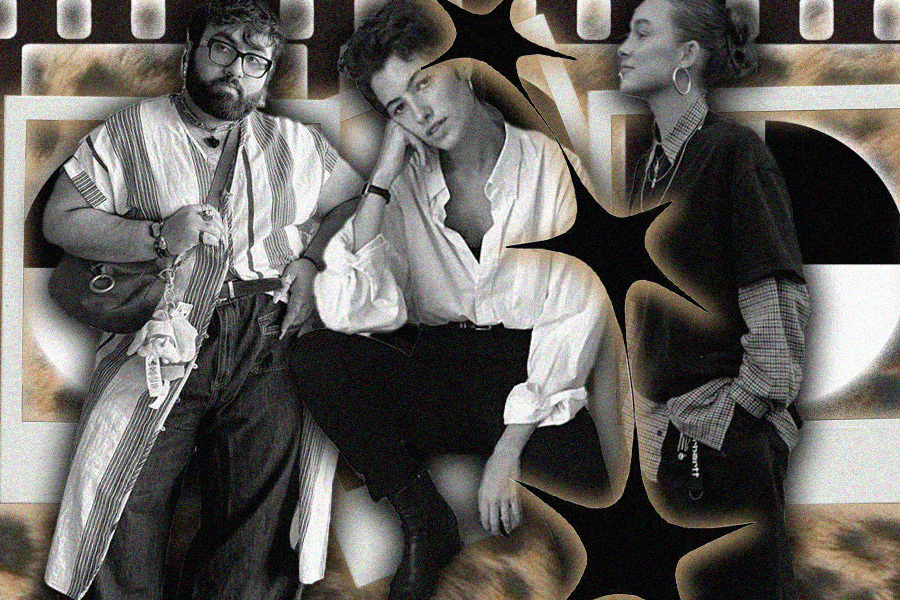
For androgyny to progress, we would need to refamiliarize ourselves with its original definition. Androgyny has always been about leaving people guessing and challenging the idea that you have to fit neatly into a category within gender. Because the concept of masculinity and femininity are so familiar to us, there are bound to be some crossovers between them and androgyny, just like there are crossovers between men’s and women’s fashion. Looking forward into the future of androgynous fashion, we should embrace the crossover, and let androgyny incorporate more gendered clothes, but alter them so that they’re unconventional and interesting. I would love to see an androgynous take on some typically feminine clothing items, experimenting with different colours, textures, and shapes, not just the ones that we’ve seen a million times before on the runway.
Androgyny, as a concept, paves the way for such great depths of creative expression, and at least right now in fashion, we’re kind of wasting our potential with it. Androgyny is a great canvas for creativity, and we’re holding the paintbrush, but we’re not doing anything with it. So, paint, create, do something other than what we’ve seen before! The space for fashion-sans-gender is still waiting to be filled, and the people yearn for their gender to be unperceived. Give them what they want!



